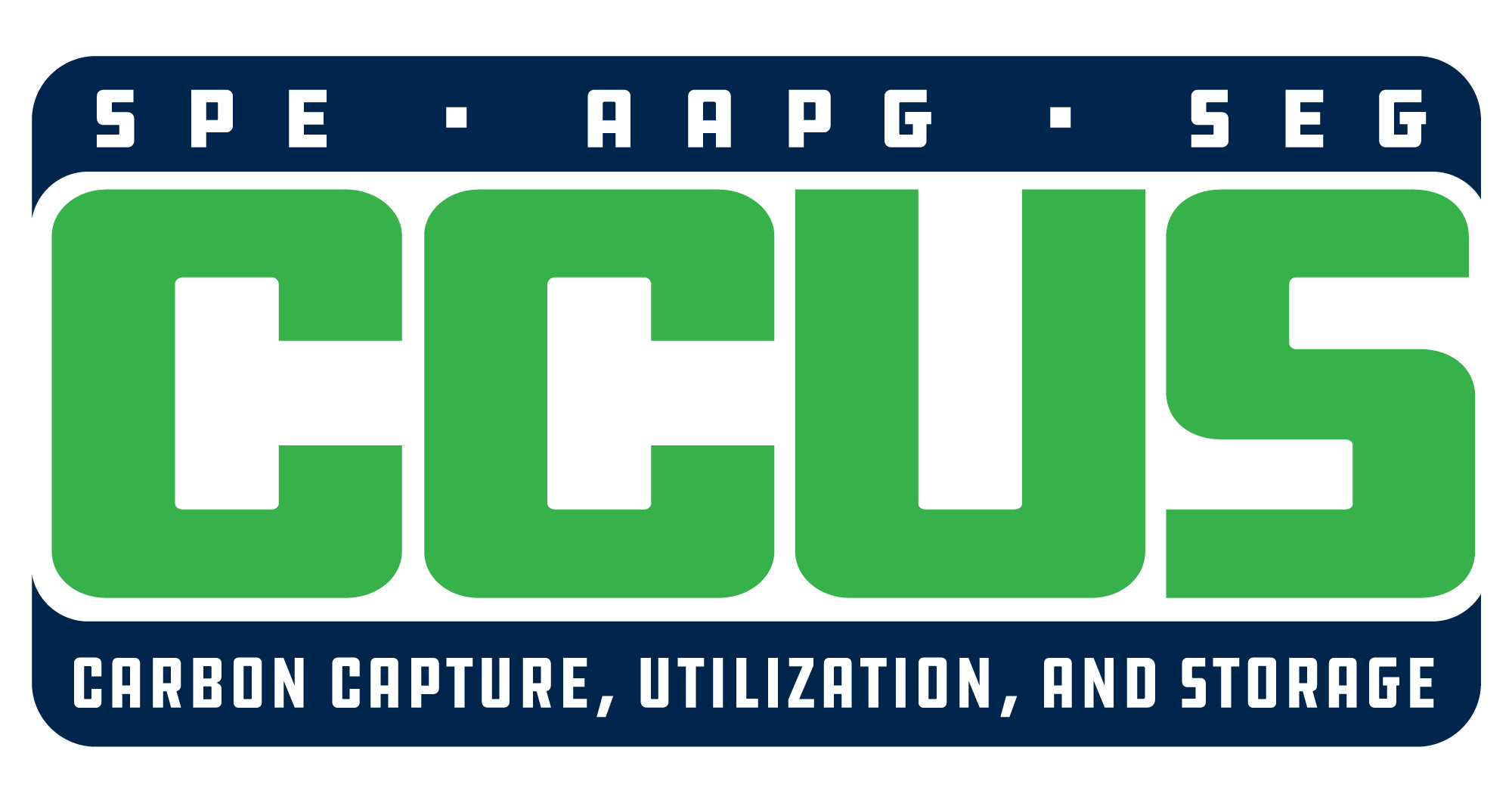MJ Logs has the industry’s largest library of legacy and current Raster Logs and LAS on the continent! MJ has the well log data you need for the EPA Requirements for Class VI, CO2 Sequestration Wells and for Class II (Disposal) Wells.
The EPA has set out what the requirements are for Carbon Sequestration (CS) and have created a new type of well permit known as Class VI. Aside from several criteria stipulating things like well construction, testing, monitoring and even financial responsibility, a big part of the approval process is site selection. Under the Class VI Rule at 40 CFR 146.9, owners or operators of Class VI wells must submit geologic sequestration project information directly to the EPA. Section 146.83 lists the minimum criteria for siting.
Class VI, CO2 Sequestration Wells have requirements for approval.
(a) Owners or operators of Class VI wells must demonstrate to the satisfaction of the Director that the wells will be sited in areas with a suitable geologic system. The owners or operators must demonstrate that the geologic system comprises:
(1) An injection zone(s) of sufficient areal extent, thickness, porosity, and permeability to receive the total anticipated volume of the carbon dioxide stream.
(2) Confining zone(s) free of trans-missive faults or fractures and of sufficient areal extent and integrity to contain the injected carbon dioxide stream and displaced formation fluids and allow injection at proposed maximum pressures and volumes without initiating or propagating fractures in the confining zone(s).
(b) The Director may require owners or operators of Class VI wells to identify and characterize additional zones that will impede vertical fluid movement, are free of faults and fractures that may interfere with containment, allow for pressure dissipation, and provide additional opportunities for monitoring, mitigation, and remediation.
Class II Wells (Disposal) also have requirements for approval.
(I) An Area of Review (AOR) and Corrective Action Plan (CAP) for wells in that area.
(II) A tabulation of AOR wells that has, if present:
Well bore diagrams,
Cement Bond Logs
Completion records of AOR wells
(III) Geological and Geophysical Information
List of formations from surface to the base of the injection well, identifying all the USDWs and confining and injection zone(s).
List includes the lithologic description, geological name, thickness, depth, and total dissolved solids (TDS) concentrations from these formations,
If known, the source of information for the geologic data and formation including
(i) TDS
(ii) porosity and permeability of injection formation,
(iii) if available geological cross-sections,
(iv) if available known or suspected faults and fracture systems within AOR.
(v) If identified, provide proximity to the injection zone and affect fault/fracture system may have on the injection activities history of seismic activity in the area and proximity to crystalline (i.e., granitic) basement
Fulfilling these criteria will require regional geological evaluations of potential CS sites to determine their acceptability. Many of the sites being looked at are either depleted oil and gas fields or subsurface saline aquifers. Operators will have to heavily rely on legacy well data to fulfill the requirements. We are here to help with log data for CS Class VI/II applications.
View our Raster and LAS coverage at wls.mjlogs.com
For more information or assistance contact us.






